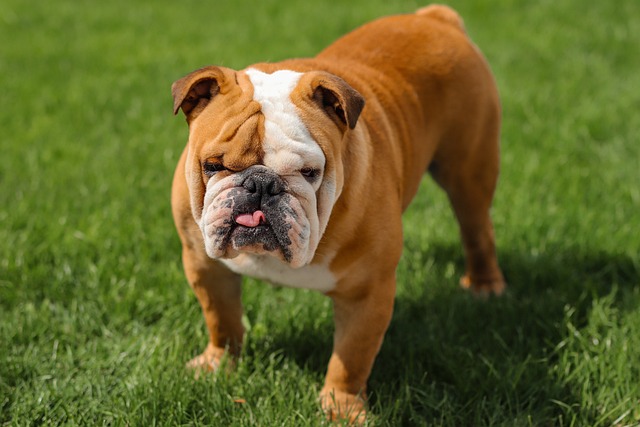
How can I tell if my dog's heatstroke is serious
Let’s be real: It’s a sticky August morning in Los Angeles, and you took your 2-year-old Golden Retriever, Max, for a walk a little later than usual
You’ve been feeding your pup the same kibble for months, but lately, something feels off. She’s scratching her paws raw, her ears are red and itchy, or maybe she’s throwing up more than usual. Could it be her food? Food allergies in dogs are trickier to spot than you might think, but knowing the signs can help you get to the bottom of what’s bothering your furry friend.
One of the most common clues is skin trouble. If your dog is suddenly licking her paws nonstop, chewing at her legs, or breaking out in little red bumps, food could be the culprit. These reactions often show up around the face, belly, or between the toes—areas with thin skin that’s sensitive to irritation. Itchiness might get worse after meals, though it can be hard to link at first. Unlike environmental allergies, which often flare up with pollen or dust, food allergies tend to stick around year-round, not just in certain seasons.
Digestive issues are another red flag. A dog with a food allergy might vomit shortly after eating, or have diarrhea that comes and goes. Some pups get gassy or bloated, acting uncomfortable after meals. It’s easy to confuse this with a stomach bug, but if it happens regularly—especially after eating the same food—it’s worth a closer look. Puppies might seem slower to grow, or lose weight despite eating normally, because their bodies aren’t absorbing nutrients properly.
 The tricky part? Food allergies in dogs usually aren’t to new foods. They often develop after eating the same ingredients for a long time—like chicken, beef, dairy, or wheat. Your dog’s immune system starts to see that ingredient as a threat, and overreacts. That’s why switching to a “fancy” brand with the same main proteins might not help. It’s not about the quality of the food, but the specific ingredients her body is rejecting.
The tricky part? Food allergies in dogs usually aren’t to new foods. They often develop after eating the same ingredients for a long time—like chicken, beef, dairy, or wheat. Your dog’s immune system starts to see that ingredient as a threat, and overreacts. That’s why switching to a “fancy” brand with the same main proteins might not help. It’s not about the quality of the food, but the specific ingredients her body is rejecting.
If you suspect a food allergy, the best step is to talk to your vet. They might suggest an elimination diet—feeding your dog a food with ingredients she’s never had before, like duck and sweet potato, for 8-12 weeks. During that time, you cut out all other treats, table scraps, and supplements. If her symptoms clear up, you can slowly reintroduce old foods one by one to see which one triggers a reaction. It’s a hassle, but it’s the most reliable way to find the problem.
Steer clear of guessing games with over-the-counter “hypoallergenic” foods without checking with your vet first. Some claim to be allergy-friendly but still contain common triggers. And resist the urge to self-diagnose based on internet lists—what bothers one dog might not bother another. Your vet can also rule out other issues, like infections or environmental allergies, that look similar but need different care.
Watching your dog suffer is never easy, but figuring out a food allergy can turn things around. Once you know what to avoid, you can find a diet that keeps her itch-free, energetic, and happy. It might take time, but seeing her run around without stopping to scratch? That’s more than worth the effort. After all, a comfortable dog is a joyful dog—and that’s what every pet parent wants.

Let’s be real: It’s a sticky August morning in Los Angeles, and you took your 2-year-old Golden Retriever, Max, for a walk a little later than usual

You're enjoying a summer afternoon at the park when you notice your dog has stopped panting and appears disoriented - their gums are bright red

Let’s paint the picture: You’re in your Denver apartment, watching your 4-year-old Boston Terrier, Ruby, plop down mid-play session with her favorite toy

Many dog owners notice their pets nails seem shorter after regular walks,but how much does this daily activity actually help?The answer depends on where you walk—concrete sidewalks or asphalt streets gently file nails as a dog's paws hit the ground

Most dog owners notice their pup scooting across the carpet at some point, but few connect it to impacted anal glands. These small sacs near a dog’s rectum secrete a scent for marking territory

Most vets agree that regular dog teeth cleaning is key to avoiding painful dental issues later. For healthy adult dogs, a professional cleaning at the vet’s office every 12 to 18 months usually works well.